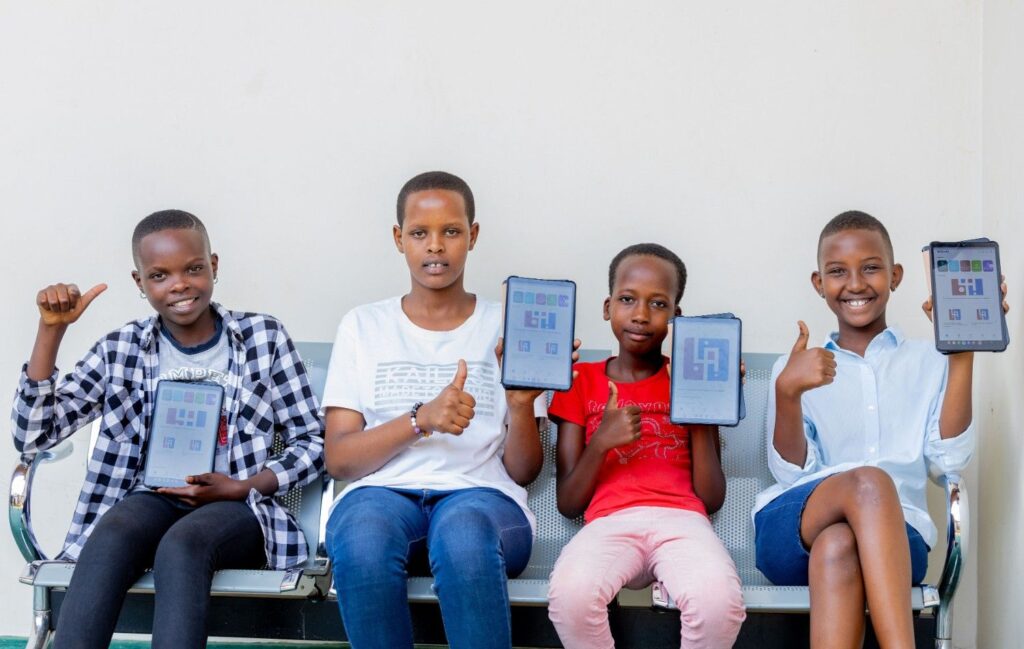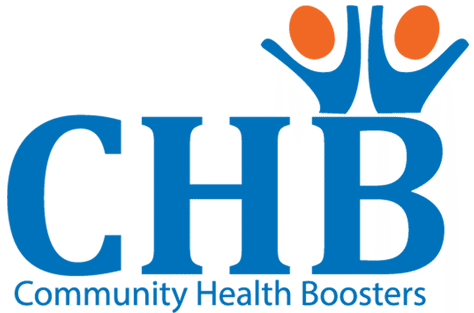Gender-based violence (GBV) and violence against children (VAC) are among the most widespread yet hidden human rights violations globally, and Rwanda is no exception. These forms of violence happen in every setting, often behind closed doors and at the hands of those most trusted.
Despite significant efforts made at national and community levels, recent national data show that over 50% of girls and 60% of boys experience at least one form of violence, sexual, physical, or emotional, before the age of 18. Meanwhile, 37% of women aged 15–49 report experiencing physical violence since age 15, and 46% of ever-married women report spousal violence. Men and boys are affected too, though at lower rates (30%).
The consequences are lifelong. For children, early exposure to violence can impair brain development, lead to low self-esteem, learning difficulties, and mental health conditions like depression and anxiety. For women and girls, GBV often results in severe physical injuries, unwanted pregnancies, exposure to HIV, and long-term psychological trauma.
Yet many cases go unreported. About 40% of girls and 60% of boys never disclose their experiences, often due to shame, fear of blame, or the normalization of violence. Survivors also face stigma, isolation, and a lack of support, while perpetrators frequently walk free. This impunity not only silences survivors but reinforces a culture of fear and control that strips women, girls, and children of their autonomy, safety, and opportunities.
CHB’s Work
At CHB, we believe every child and young person deserves to grow up in a safe, supportive, and violence-free environment. Our work focuses on preventing GBV and VAC by shifting mindsets, empowering youth, and strengthening community response.
We contribute towards eradicating these challenges by:
- Empowering Youth with Knowledge and Voice
We provide adolescents with age-appropriate information about what GBV and VAC are, how to recognize abuse, and how to stand up for their rights. Through school clubs, youth forums, and creative activities, we help them gain the confidence and language to speak up and support their peers.
- Using Digital Tools for Education and Support
We use mobile app, hotline, chatbot, and online platforms to offer private, stigma-free ways for young people to learn about GBV and VAC, get information, report abuse, or connect with support, anytime, anywhere.
- Breaking the Silence and Challenging Harmful Norms
We create safe spaces where young people can talk openly about gender, violence, and consent. Through storytelling, discussions, and campaigns, we challenge harmful beliefs that make violence seem normal and empower youth to lead change in their communities.
- Promoting Consent, Respect, and Boundaries
Through interactive sessions and school-based activities, we help young people understand the value of mutual respect, clear consent, and personal boundaries. These lessons guide them to build healthy relationships and speak up or safely intervene when something is wrong.
- Connecting Youth to Protection Services
We teach young people where and how to report violence and link them to youth-friendly services like health centers, psychosocial support, and helplines. We also build trust between youth and service providers so survivors feel safer seeking help.
- Engaging Boys and Young Men as Allies
We involve boys not just as participants but as part of the solution. Through peer mentoring and dialogue, we promote empathy, healthy masculinity, and shared responsibility in ending violence.



